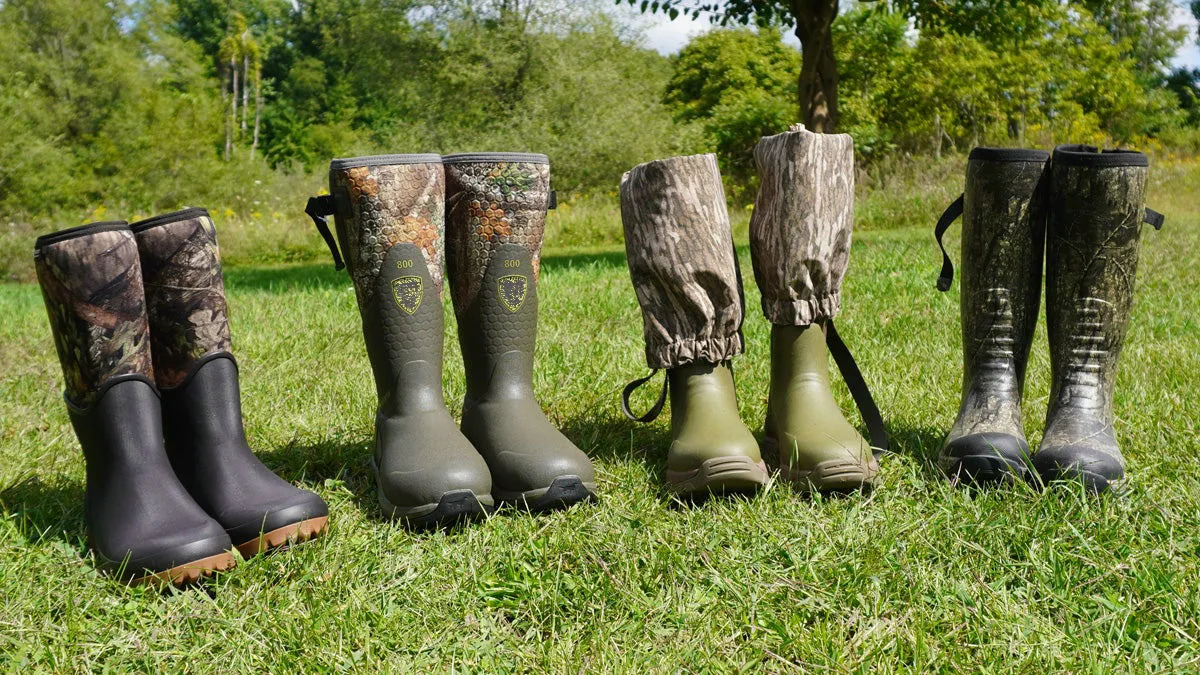When working in hazardous environments, footwear is more than just a necessity—it is a critical element of workplace safety. Safety wellies provide superior protection against water, chemicals, and physical hazards, making them an essential choice for industries ranging from construction to agriculture. The quality of safety Wellington boots depends on their production process, anti-skid performance, and compliance with market demands. Understanding these factors ensures that workers and outdoor enthusiasts alike select the best protective footwear for their needs.

How Production Affects the Quality of Safety Wellies
The durability, strength, and reliability of safety wellies depend largely on their manufacturing process. High-quality construction wellies are designed to withstand harsh conditions, but the way they are produced determines their long-term performance.
Injection molding is one of the most advanced manufacturing techniques used for safety Wellington boots. This process ensures that the boots are seamless, reducing the risk of water or chemical penetration. The use of reinforced materials such as nitrile rubber or polyurethane enhances durability, ensuring that the boots resist cracking and abrasion even in extreme conditions.
For chemical resistant wellingtons, material selection plays a crucial role. High-performance boots are made from compounds that resist acids, oils, and solvents, ensuring that the wearer remains protected even in environments with hazardous substances. The addition of steel toe caps and reinforced midsoles provides extra safety against falling objects and sharp debris, making construction wellies indispensable on industrial sites.
The final stage of production includes quality testing, where safety wellies undergo rigorous slip resistance, impact resistance, and waterproofing tests. Only boots that meet or exceed safety standards reach the market, ensuring the highest level of protection for workers in demanding environments.
Evaluating Anti-Skid Performance for Maximum Safety
Slippery surfaces are a major workplace hazard, making the anti-skid performance of safety Wellington boots a critical feature. Understanding how to judge the slip resistance of boots can prevent workplace injuries and improve overall safety.
The tread pattern of construction wellies plays a key role in grip and stability. Deep, multidirectional lugs enhance traction, preventing slips on wet, oily, or uneven surfaces. The best chemical resistant wellingtons are designed with self-cleaning treads that channel away liquids, ensuring maximum grip even in the most challenging conditions.
Material composition also affects slip resistance. High-grade rubber soles provide better grip than plastic alternatives, especially on smooth industrial floors. Many shooting wellies incorporate specialized rubber compounds that offer superior traction in muddy or grassy terrain, ensuring stability during outdoor activities.
Certification standards provide an objective measure of slip resistance. High-quality safety Wellington boots comply with international safety regulations, including SRC-rated outsoles, which indicate superior slip resistance on both ceramic and steel surfaces. Buyers should always check for these certifications when choosing safety wellies for professional or personal use.
Market Demand for Safety Wellies: Why Quality Matters
The demand for safety wellies has surged in various industries due to increasing workplace safety regulations and the need for durable protective footwear. Employers and workers alike seek safety Wellington boots that offer superior protection, comfort, and durability, making the market highly competitive.
The construction industry remains one of the biggest consumers of construction wellies, where high-quality boots are required to protect workers from heavy objects, wet surfaces, and harsh weather conditions.
Similarly, the chemical and pharmaceutical industries require chemical resistant wellingtons that provide maximum resistance to hazardous substances while maintaining flexibility and comfort for long shifts.
Outdoor sports and agriculture also contribute to the growing demand for shooting wellies. Hunters, farmers, and outdoor workers require boots that are not only waterproof but also insulated for comfort in various weather conditions. Advanced materials and ergonomic designs ensure that safety Wellington boots meet the needs of both industrial and recreational users.
With advancements in material technology and manufacturing processes, the modern market prioritizes safety wellies that combine safety, durability, and comfort. As demand continues to rise, innovation in boot design ensures that workers and outdoor enthusiasts receive the highest level of protection in their respective environments.
Investing in the Best Safety Wellington Boots for Superior Protection
Choosing the right safety wellies means prioritizing quality, slip resistance, and industry standards. Whether for industrial use, chemical protection, or outdoor activities, high-performance safety Wellington boots provide the durability and protection needed for harsh environments. With advanced production techniques and growing market demand, investing in the best protective footwear ensures long-lasting comfort and superior safety.
-
Stay Dry in Any Condition with WadersNuachtJul.17,2025
-
Elite Performance with Camouflage Combat BootsNuachtJul.17,2025
-
Dry and Comfortable with Green Rubber Garden ShoesNuachtJul.17,2025
-
Convenient Protection with Foldable RainbootsNuachtJul.17,2025
-
Comfort and Protection with Neoprene Work BootsNuachtJul.17,2025
-
Brighten Rainy Days with Floral Rain BootsNuachtJul.17,2025
-
Safety Wellies: The Ultimate Combination of Protection, Comfort, and VisibilityNuachtJun.19,2025











